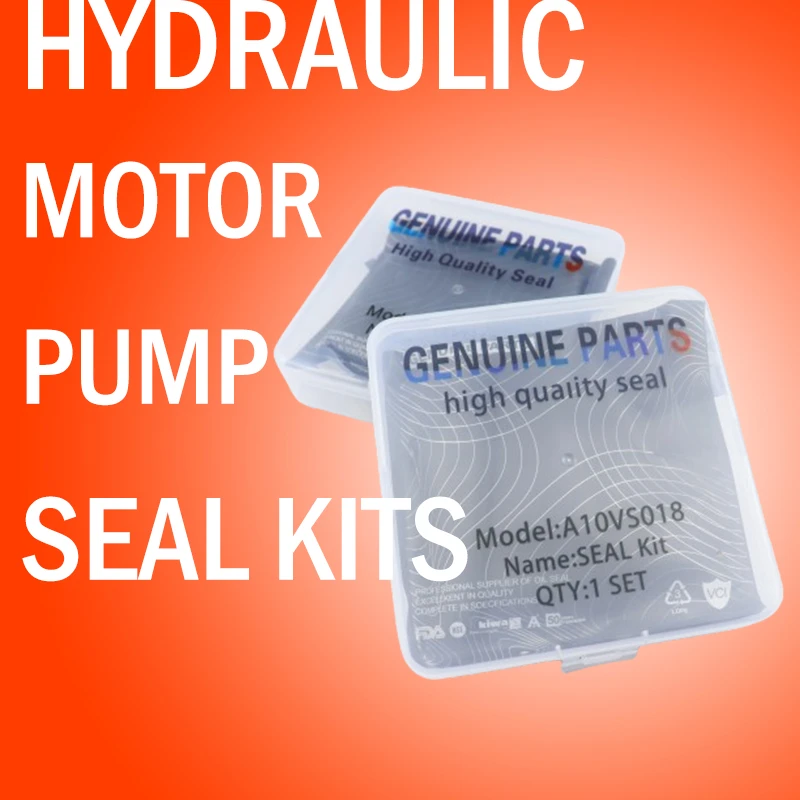дек. . 14, 2024 00:31 Back to list
Understanding the Importance of Hydraulic Seals in Fluid Power Systems
Understanding Hydraulic Seals Applications, Types, and Importance
Hydraulic seals are essential components in hydraulic systems, ensuring efficient operation and maintaining the integrity of hydraulic fluid. These seals play a vital role in preventing leaks and contamination, which can lead to system failures and costly downtime. This article delves into the various types, applications, and significance of hydraulic seals in modern machinery.
What is a Hydraulic Seal?
A hydraulic seal is a component designed to prevent the escape of hydraulic fluid and to keep contaminants from entering a hydraulic system. These seals are often used in conjunction with hydraulic cylinders, pumps, and valves, playing a critical role in the performance and longevity of hydraulic systems. By maintaining pressure and preventing fluid leakage, hydraulic seals help to ensure the smooth functioning of machinery and equipment.
Types of Hydraulic Seals
There are several types of hydraulic seals, each designed to meet specific requirements based on the application's demands. Some of the most common types include
1. O-Rings O-rings are circular seals made of rubber or polymer materials. They are one of the most widely used types of hydraulic seals due to their simplicity and effectiveness. O-rings are utilized in a variety of applications, sealing cylindrical gaps between two components.
2. Rod Seals These seals are specifically designed for hydraulic cylinders. Rod seals prevent hydraulic fluid from leaking out of the cylinder while allowing the rod to move freely. Various designs include U-cups, V-rings, and flat seals, each suited for different pressure and temperature conditions.
3. Piston Seals Similar to rod seals, piston seals are used within the hydraulic cylinder but are positioned around the piston. They ensure that the hydraulic fluid remains contained within the cylinder during operation, preventing backflow and minimizing wear and tear on components.
4. Backup Rings Backup rings are used in conjunction with O-rings to prevent extrusion under high pressure. Typically made of harder materials, backup rings provide extra support while protecting softer O-rings from damage in high-pressure applications.
5. Wear Rings These components are installed to prevent metal-to-metal contact between the piston and cylinder walls. Wear rings help reduce friction and wear, prolonging the lifespan of hydraulic systems.
hydraulic seal

Applications of Hydraulic Seals
Hydraulic seals are integral to a myriad of industries, including
- Manufacturing In manufacturing machinery such as presses and injection molding machines, hydraulic seals prevent leaks, enhancing efficiency and output quality.
- Construction Equipment Heavy machinery like excavators and bulldozers relies on hydraulic systems for movement and operation. Hydraulic seals ensure that these systems work efficiently under extreme conditions.
- Automotive Industry Hydraulic seals are essential for braking systems, power steering, and transmissions, providing reliable performance and safety.
- Aerospace In the aerospace sector, hydraulic seals are used in landing gear systems and various hydraulic controls, adhering to stringent safety standards.
Importance of Proper Seal Selection
Choosing the right hydraulic seal is crucial for optimal system performance. Factors such as pressure, temperature, compatibility with fluids, and the mechanical environment all influence seal selection. An improperly selected seal can lead to leaks, increased maintenance costs, and reduced equipment lifespan.
In addition to careful selection, regular maintenance and inspections are necessary to ensure the integrity of hydraulic seals. Worn or damaged seals can compromise the entire hydraulic system, leading to production delays and increased operational costs.
Conclusion
Hydraulic seals are vital components that contribute significantly to the efficiency and reliability of hydraulic systems across various industries. Understanding the different types of seals and their applications helps in selecting the right component for specific needs, ensuring optimal performance and longevity of hydraulic machinery. As technology advances, the importance of hydraulic seals will only continue to grow, cementing their role in the future of engineering and manufacturing.
-
TCN Oil Seal Metal Ring Reinforcement for Heavy Machinery
NewsJul.25,2025
-
Rotary Lip Seal Spring-Loaded Design for High-Speed Applications
NewsJul.25,2025
-
Hydraulic Cylinder Seals Polyurethane Material for High-Impact Jobs
NewsJul.25,2025
-
High Pressure Oil Seal Polyurethane Coating Wear Resistance
NewsJul.25,2025
-
Dust Proof Seal Double Lip Design for Construction Equipment
NewsJul.25,2025
-
Hub Seal Polyurethane Wear Resistance in Agricultural Vehicles
NewsJul.25,2025
-
The Trans-formative Journey of Wheel Hub Oil Seals
NewsJun.06,2025
Products categories
















